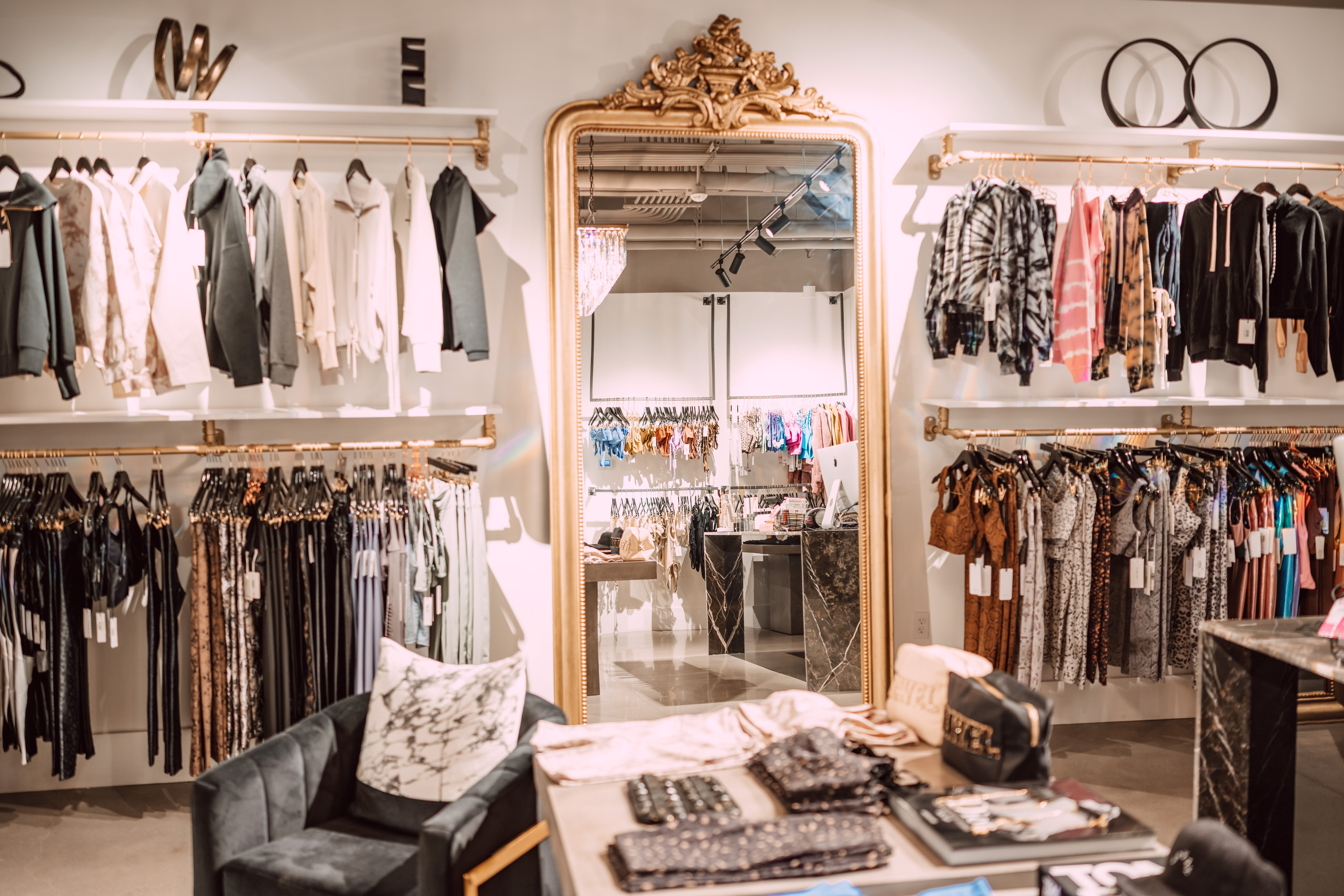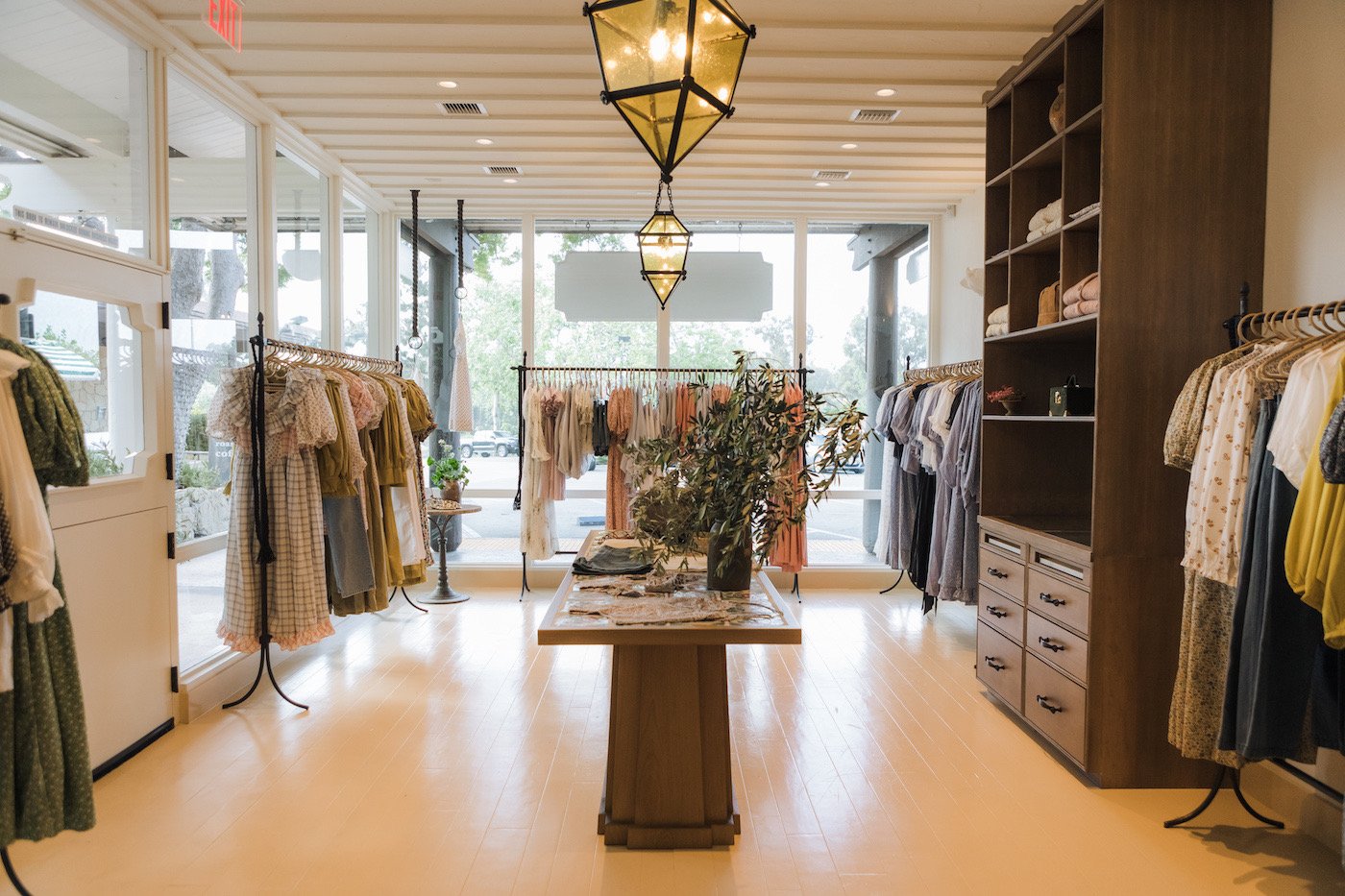The Effect of Social Media on Today's Boutique Fashion Trends
The Effect of Social Media on Today's Boutique Fashion Trends
Blog Article
A Deep Dive Into the World of High-Fashion Runways: Recognizing Clothing as Art
High-fashion runways have emerged as fields where garments transcends its practical beginnings, progressing right into an innovative form of creative expression. Developers, a lot like skillful artists, weave complex stories through shade, type, and fabric, challenging standard norms and redefining elegance criteria. These programs are much more than mere displays; they are immersive experiences, where every stitch and joint narrates abundant with social relevance and progressive innovation. As we discover these sartorial eyeglasses, we must consider: what role does style play in forming societal worths, and just how does it show the ever-changing tapestry of human emotion and identification?
The Development of Runway Shows
The trajectory of path shows has actually transformed dramatically over the decades, advancing from exclusive sector events to fascinating eyeglasses that blend style with art. Typically, path shows were intimate events, kept in ateliers or little places, primarily gone to by customers and industry experts. These very early discussions concentrated on the garments' workmanship and business practicality, using a direct and useful display of seasonal collections.
As the style sector increased, the nature of path programs started to transform. The 1970s and 1980s noted a transforming factor, with developers looking for to distinguish themselves through more staged discussions.
In current years, technology and social media have even more transformed runway shows, making them available to a global audience. Livestreaming and electronic systems have actually equalized fashion, allowing enthusiasts worldwide to witness these events in real-time (boutique fashion). This advancement reflects a wider cultural change, where high-fashion paths work as a dynamic intersection of style, performance, and advancement
Designers as Dreamer Artists
Exactly how have designers transcended their roles to come to be visionary artists? Designers in the high-fashion sector have blurred the lines in between practical garment creation and the theoretical realm of art. This transformation appears in the method they approach their collections, not merely as clothing however as profound expressions of culture, identification, and emotion. By accepting artistic techniques such as sculpture, painting, and progressive installations, developers craft garments that challenge typical style norms and boost them to art forms.
Visionary designers attract ideas from a myriad of resources, including abstract art, historical referrals, and personal narratives. They possess an one-of-a-kind ability to envision and materialize ideas that push the borders of standard fashion, commonly redefining visual paradigms at the same time. This imaginative resourcefulness is showcased through remarkable shapes, cutting-edge products, and intricate craftsmanship, which invite customers to experience style as greater than simply wearable items.
Furthermore, the runway acts as a canvas for these musicians, where lights, songs, and established layout coalesce to create immersive experiences. These presentations are not simply displays of apparel however are managed performances that stimulate feeling and prompt idea, attesting the developer's duty as a real musician in the modern social landscape.
Social Impacts in Style
Social tapestry weaves its detailed patterns into the fabric of style, affecting designers globally. The vibrant interchange of cultural stories, practices, and signs informs and motivates collections that elegance high-fashion runways.
The influence of society on style is typically seen in the reinterpretation of typical garments and patterns. For example, using Japanese bathrobes, Indian saris, or African prints in contemporary style reflects a blend of social authenticity and modern-day looks. Designers such as Valentino's Pierpaolo Piccioli and Alexander McQueen's Sarah Burton have actually been recognized to incorporate abundant social themes right into their couture collections, converting history right into wearable art.

Advancement in Material and Style
Advancement in fabric and layout constantly reshapes the landscape of high-fashion, pressing limits and redefining possibilities. weblink Developers are increasingly discovering the combination of technology, such as 3D printing, which permits for the development of intricate structures that were previously unimaginable.
The fashion market is witnessing a surge in the usage of green materials, obtained from recycled plastics, natural fibers, and also biodegradable parts. Designers are accepting these products to craft garments that are both aesthetically striking and conscious of their environmental impact.
In regards to layout, avant-garde silhouettes and experimental types are continually revolutionizing the runway. By integrating unique products and sophisticated strategies, designers cultivate garments that obscure the line in between style and art, establishing brand-new criteria for creative thinking and expression in the high-fashion round.
Influence of Style on Culture
Style wields a profound influence on society, functioning as both a representation of social identification and a catalyst for social change. Through its evolution, style has actually mirrored societal shifts, encapsulating the zeitgeist of numerous periods. For circumstances, the flapper outfits of the 1920s personified a newfound sense of women's freedom, while the vibrant prints of the 1960s resembled the advanced spirit of the time. High-fashion paths, specifically, function as platforms for challenging standards and redefining charm standards. Developers utilize these locations to address pushing social problems, from sustainability to variety, consequently shaping public discussion.
Furthermore, style has the power to bridge cultural voids, fostering understanding and admiration among varied groups. As globalisation increases, the cross-cultural exchange of fashion concepts becomes significantly significant, advertising inclusivity and diversity. The increase of streetwear, stemming from metropolitan subcultures, highlights how style can transcend socio-economic limits, giving individuals a means of self-expression and empowerment.
Fundamentally, style is not just concerning aesthetic appeals; it is a dynamic force that influences worths, perspectives, and societal progression (boutique fashion). By continuously engaging with social and cultural currents, fashion continues to be an essential component of the cumulative human experience

Final Thought
High-fashion paths work as why not look here vibrant arenas where her explanation clothing transcends functionality to end up being an expressive art type. Designers, similar to visionary artists, manage collections that show identification, feeling, and social stories, testing typical visual appeals. The fusion of innovative fabric and design, coupled with elaborate set designs, lights, and songs, develops immersive experiences that commemorate cultural diversity. This intersection of style and virtuosity not just mesmerizes audiences around the world but also affects social understandings and promotes a much deeper admiration for multiculturalism.

Social tapestry weaves its detailed patterns into the material of style, affecting developers worldwide.Fashion possesses an extensive influence on society, serving as both a representation of social identification and a catalyst for social modification.
Report this page